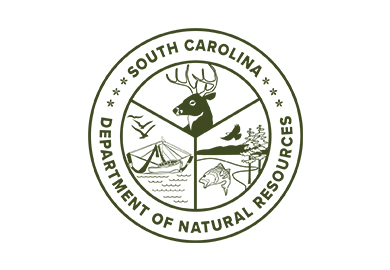SCDNR News
Confirmed HPAI in Dead Vultures (Charleston County): Avoid contact with dead or sick birds
COLUMBIA, S.C.
May 27, 2022

The South Carolina Department of Health and Environmental Control (DHEC), South Carolina Department of Natural Resources (SCDNR), US Department of Agriculture (USDA), and Clemson Livestock Poultry Health are aware of a mass die-off of wild vultures in Charleston County. Some of these dead vultures tested positive for highly pathogenic avian influenza (HPAI) caused by influenza virus subtypes, including H5N1.
DHEC urges community members to ensure that they, their pets and domestic animals avoid contact with dead or sick vultures, other birds and wild animals. DHEC recommends that residents avoid areas where dead birds have been found.
While the risk of HPAI transmission to people or pets and tame animals is thought to be low, the risk is also not well known and is best avoided by not having contact with dead birds. The virus causing HPAI can be spread through feathers and fecal material, or dirt contaminated by infected birds.
Handling dead birds without recommended protective measures increases the risk of transmission. SCDNR will continue monitoring and surveillance and encourages members of the public to report unusual bird mortality events.
If you come into contact with a dead vulture or other dead bird in the area, please seek medical attention if you become ill with symptoms of fevers, cough, fatigue, body aches, etc., and report your potential exposure to your health care provider and local health department. DHEC recommends monitoring for symptoms for 10 days after the last exposure to a bird with HPAI.
For more information, please visit:



